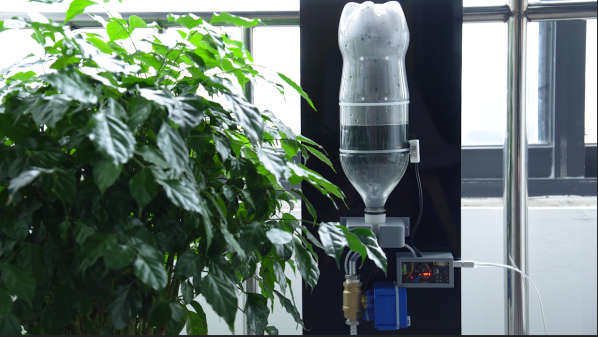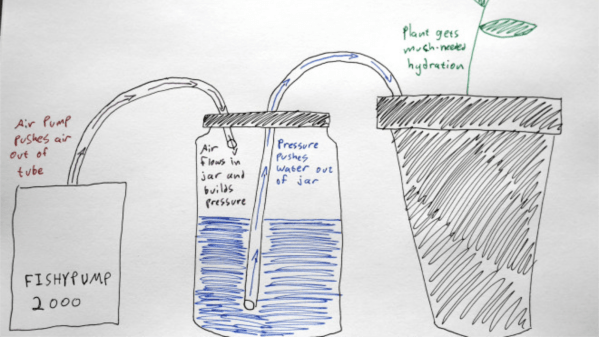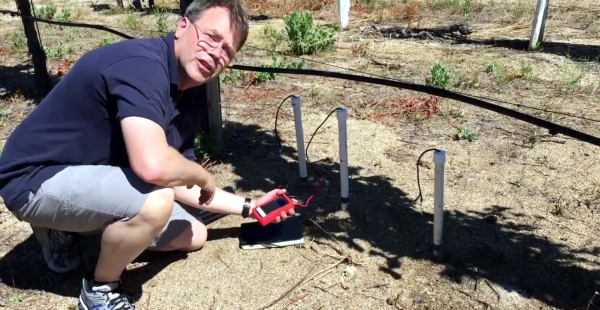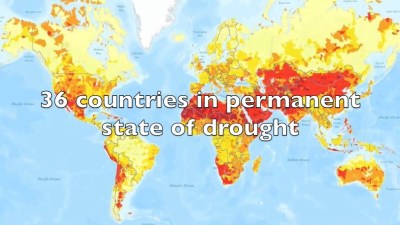Plants tend to need a regular supply of water to stay happy. If you’re a green thumb, it’s one of the primary things you should take care of before you go on holiday. This DIY plant watering system from [Jaychouu] offers to handle just that.
The system consists of a soda bottle acting as a water container, and an electronically-controlled valve to control the flow of water to plants. Irrigation of the plants is via dripper nozzles to provide a small but consistent feed to the plants. The use of drippers tends to disturb the soil less than pressurized jets of water. A soil humidity sensor is used to detect moisture levels and avoid over-watering. There’s also a capacitive water level sensor that fires off a warning when the reservoir’s water level is low. An ESP32 serves as the brains of the operation, allowing remote control via Blynk.
If you’re looking for a simple way to drip water your plants while you’re away, it’s hard to go wrong with this concept. If you feel like a more passive solution though, we’ve seen other viable methods too.
Continue reading “Automated Drip Watering Device Keeps Plants Happy”



















